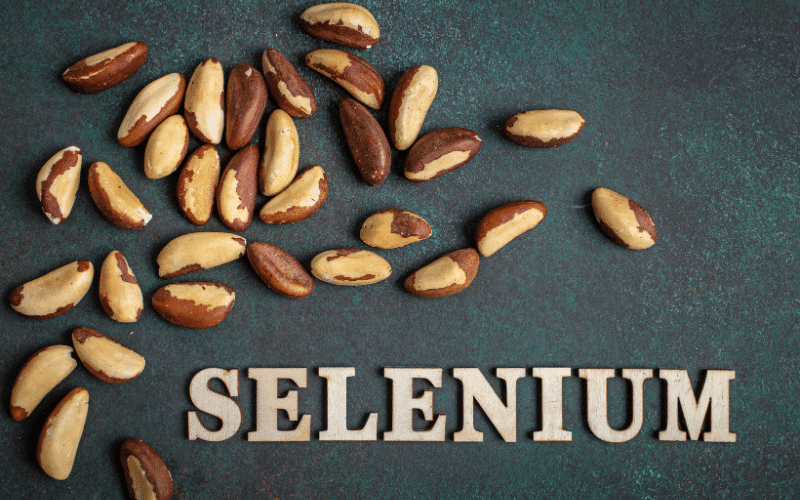Introduction: Understanding the Impact of Food on Graves’ Disease Management

Graves’ disease, an autoimmune disorder that leads to an overactive thyroid, presents a unique challenge for patients. However, not all battles against this disease are fought in the medical field. Indeed, there’s a significant front in this war that often goes overlooked – the kitchen. Here’s why.
The food we ingest goes beyond just satisfying our cravings. Each bite delivers a set of nutrients that interact with our body systems. And when it comes to Graves’ disease, these nutrients can hold the power to manage symptoms and even alleviate the severity of this condition.
Understanding the intricate relationship between diet and Graves’ disease opens a new frontier in managing this autoimmune disorder. Certain foods, laden with beneficial nutrients, can provide your body with the right ammunition to balance the immune system, reduce inflammation, and foster overall wellness.
In this context, let’s delve into a list of top 20 foods you may want to add to your diet if you’re living with Graves’ disease. This isn’t about setting strict dietary rules, but rather understanding how the right nutrition can empower you in your journey with this condition.
In the coming sections, we’ll detail each of these foods, breaking down their nutritional benefits, potential impacts on Graves’ disease, and offering tips for incorporating them into your daily meals.
1. Unleashing the Power of Selenium: A Close Look at Brazil Nuts and Seafood

When it comes to managing Graves’ disease, selenium emerges as a crucial mineral. This nutritional element has been making waves in scientific research, primarily due to its potential in reducing thyroid antibodies.
So, where do we find selenium in abundance? Enter Brazil nuts. Named after a country, these nuts are one of nature’s most potent sources of selenium. Their rich, creamy flavor adds a delightful touch to any meal, making them not just a healthy addition but also a culinary delight.
Seafood, such as tuna and sardines, also earns a spot in selenium-rich foods. Like a culinary trip to the seaside, these seafood types bring the double benefit of being savory and nutritionally beneficial. By including seafood in your diet, you’re not only satisfying your palate but also supporting your body in managing Graves’ disease.
The importance of selenium can’t be understated. It is involved in various bodily functions, including metabolism and thyroid function, where it has a direct impact on the production and utilization of thyroid hormones. Regularly consuming selenium-rich foods like Brazil nuts and seafood can therefore contribute significantly to easing the symptoms associated with Graves’ disease.
As you explore various ways to add selenium-rich foods to your meals, remember that a balanced diet is key. Overconsumption may lead to selenium toxicity, which can cause symptoms such as fatigue, hair loss, and mild nerve damage. Moderation is vital to reaping the benefits without the side effects. (1)